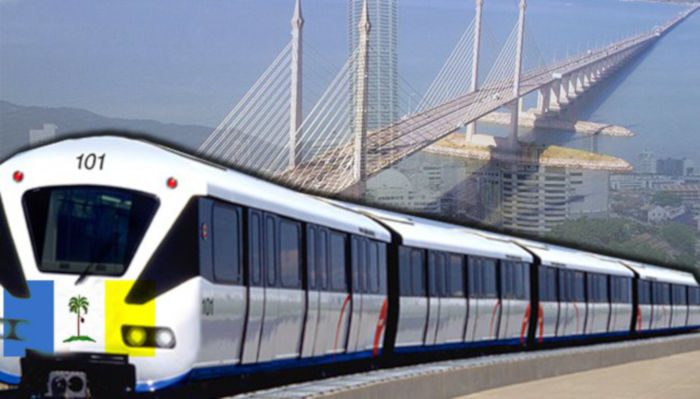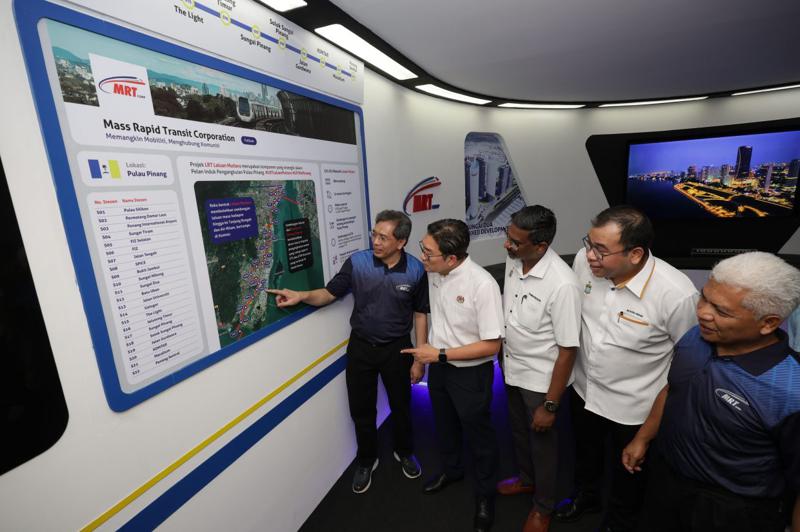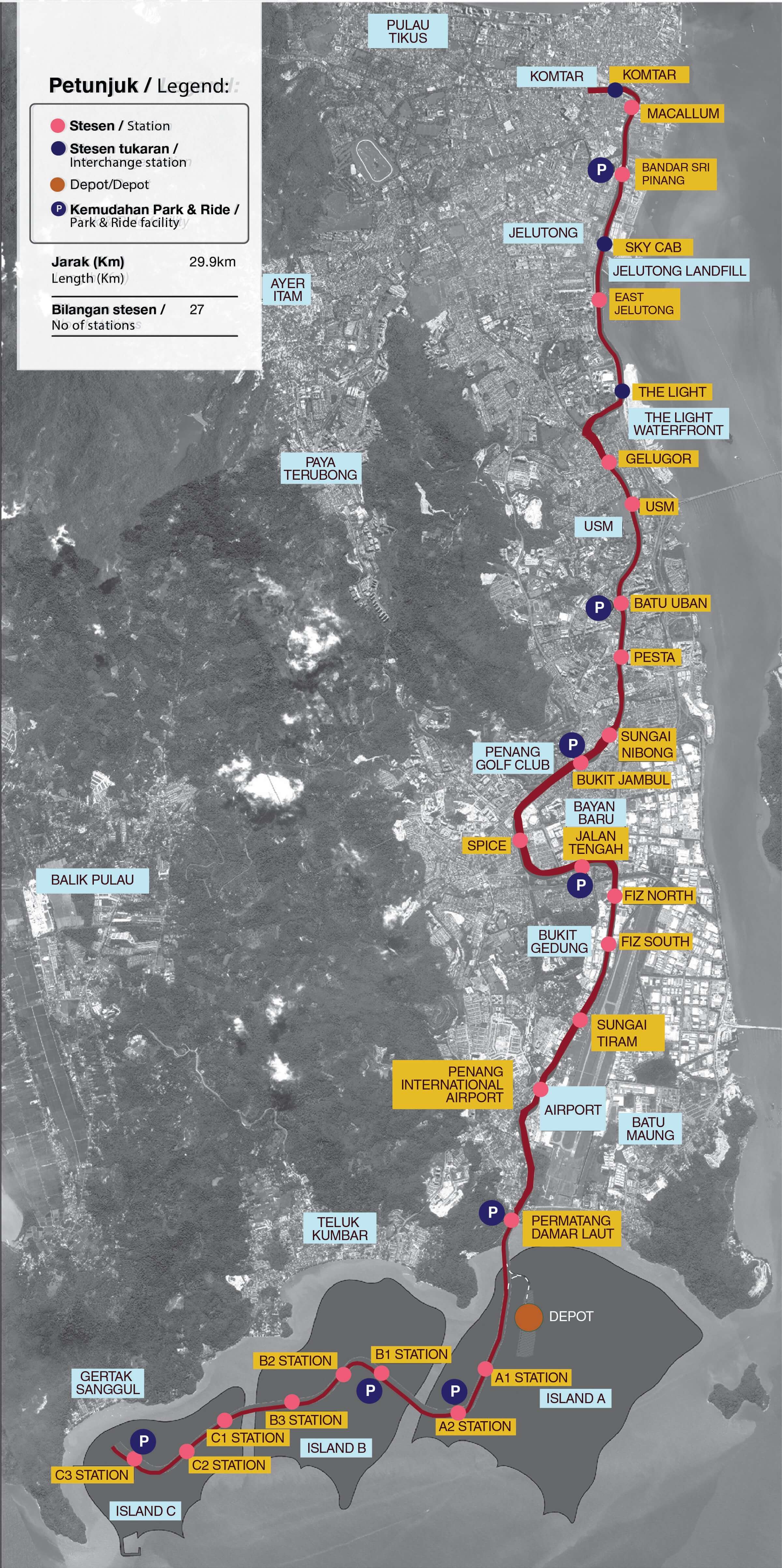 Economic boost: Trade groups foresee
Microsoft’s investment opening doors to more career opportunities for
the people besides supporting the nation’s digital transformation. —
File photo
Economic boost: Trade groups foresee
Microsoft’s investment opening doors to more career opportunities for
the people besides supporting the nation’s digital transformation. —
File photoGEORGE TOWN: Tech giant Microsoft’s RM10.5bil investment to support Malaysia’s digital transformation will not only help local businesses be more efficient but also lead to better wages and higher skills for workers, say trade groups.
The investment, which includes building cloud computing and artificial intelligence (AI) infrastructure as well as creating AI development opportunities for an additional 200,000 people, will definitely boost Penang’s manufacturing sector, said Federation of Malaysian Manufacturers Penang (FMM Penang) chairman Datuk Lee Teong Li.
“Microsoft’s investment has the potential to drive socio-economic progress and enhance Malaysia’s competitiveness in the global tech landscape.
“The investments will definitely benefit our digital infrastructure, and the skills will help Malaysian businesses, communities and developers apply the latest technology to drive inclusive economic growth and innovation across the country.
“AI adoption will spread across key industries and the public sector while ensuring AI governance and regulatory compliance.
“It is also expected to create better-paying jobs for our people as we ride the AI revolution to fast-track Malaysia’s digitally empowered growth journey,” he said yesterday.
Lee said this will lead to more job opportunities and stimulate economic growth by providing people with valuable skills and employment.
“Additionally, it can attract other tech companies and foster a thriving ecosystem to position Malaysia as a hub for innovation in the region,” he added.
Although some manual jobs and clerical work will be made obsolete by AI, these workers could be retrained for other roles, he said.
On May 2, Microsoft announced that it will invest US$2.2bil over the next four years in Malaysia to support the country’s digital transformation.
The company said the investment will include building cloud and AI infrastructure, training 200,000 people in using AI, and supporting the growth of Malaysia’s software developer community.
This will be Microsoft’s single largest investment in its 32-year history in Malaysia, and the firm will work with the Malaysian government to establish a national AI Centre of Excellence and enhance the nation’s cybersecurity capabilities.
Malaysia Semiconductor Industry Association (MSIA) president Datuk Seri Wong Siew Hai pointed out that Microsoft’s investment in Malaysia is the largest in South-East Asia.
“It follows Nvidia’s investment of US$4.3bil in December last year to develop artificial intelligence (AI) infrastructure in Malaysia.
“With Malaysia’s prominence in semiconductor manufacturing and the emergence of generative AI as the next big technology disruptor, AI and semiconductor manufacturing are becoming increasingly intertwined, with AI playing a crucial role in optimising manufacturing processes and enhancing chip design.
“This is in addition to Malaysia’s increasing role in AI chip manufacturing,” he said.
He added that investors are eyeing Malaysia, especially after the government announced that it is crafting the Semiconductor Strategic Plan.
“Intense interest in Malaysia by many companies has resulted in announcements like the ones from Microsoft,” he said.
Data centre – boon or bane?
https://www.thestar.com.my/business/business-news/2024/05/11/data-centre---boon-or-baneData centre - boon or bane?
https://www.tnb.com.my/assets/newsclip/11052024a.pdf
Data centre – boon or bane?
UTM hosts nation's first AI faculty
Related posts:
Clarion call for quality education, Update of syllabi needed, Time needed to revamp system, say experts
Washington and Nvidia should not be ‘Catch me if you can’, Chinese companies could also produce high-end products similar to Nvidia's A100...














